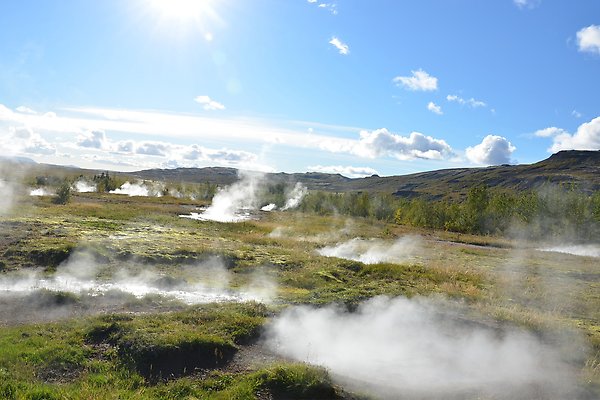Geohydrology
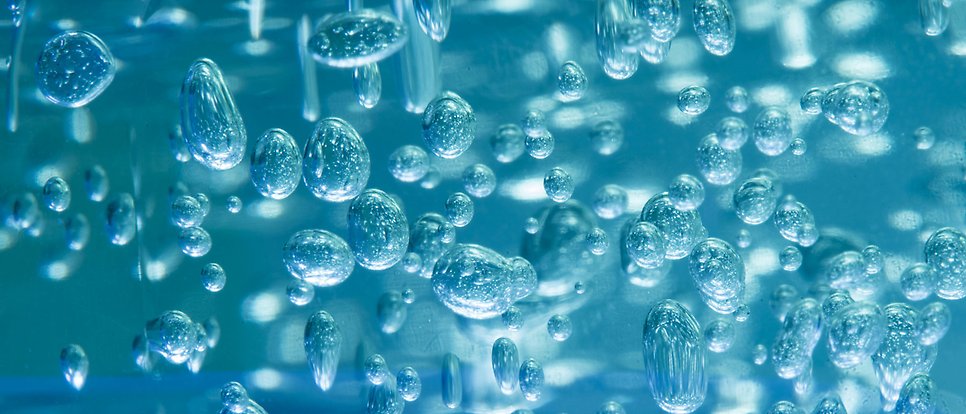
Geohydrology is the study of groundwater and its physical and chemical interactions with the physical environment.
Description
Geohydrology deals with groundwater and its storage and movement through sedimentary deposits and bedrock. Knowledge of geohydrology is essential for managing water resources, for predicting the distribution of contaminants in groundwater and for developing strategies for sustainable water use in both urban and rural environments.
Our research
Flow and Transport in Fractured Rocks
Study of fractured rocks is important for a number of important applications, from nuclear waste disposal, to pollution control and remediation as well as various energy and infrastructure applications. We have a long tradition in this research direction, from modeling to experimental characterization, with some recent key projects presented below.
In a series of projects financed by Swedish Radiation and Safety Authority (SSM), we have studied how flow and solute transport in low permeability rocks can be modelled, what kind of uncertainties there are in these predictions and how the properties of the hydraulically active fracture networks can be predicted (link to projects/publications). Recent project financed by Swedish Road Administration (Trafikverket) in turn developed completely new, computationally more effective models for flow and mechanical processes in fractured rocks (link to Eriks Thesis).
In several research projects financed by Swedish Geological Survey (SGU), we have investigated the hydromechanical and chemical processes in the deep borehole COSC-1, in Åre, with the objective to understand the fundamentals of flow and related processes in rock fractures, including the hydromechanical response of the rock when exposed to hydraulic stimulation. Related to the latter a major field experiment was carried out in the COSC-1 borehole to measure the hydro-mechanical behavior of rock and fractures under high injection pressure (link to COSC experiment/publications).
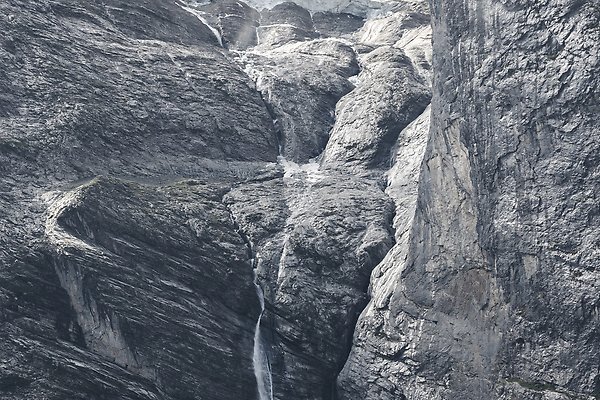
Geological storage of CO2
Geological storage of CO2 or Carbon Capture and Storage (CCS) is a key method in reducing the atmospheric emissions of CO2 and thereby mitigating the climate change. In this approach CO2 is captured at the source, transported to a geologically suitable location and injected into a deep geological formation. It is most suitable, but not limited, to large point sources such as power plants, cement and steel factories. When CCS is combined with biogenic energy production (BECCS) even negative emissions can be achieved. More general background on CCS can be found in https://urplay.se/program/229688-ur-samtiden-planeten-jorden-koldioxidlagring (in Swedish) and in https://www.youtube.com/watch?v=vUzrhBnfFB0 (in English).
Safe and effective operation of a geological storage site requires that the properties of the storage formation as well as the processes related to the spreading and trapping of the injected CO2 are well understood. Related to this, our overall research objective is to gain an improved understanding and to develop methods for predicting CO2 spreading and trapping in geological formations. The research has been carried out both in the frame of several EU financed R&D projects (link to the projects) as well as in the frame of projects in the Baltic Sea Region (link).
We have been the key developers of an EU-funded pilot CO2 injection site in Heletz, Israel, where supercritical CO2 has been injected into a reservoir at 1.6 km depth and its spreading and trapping monitored by various methods. As an example, some key findings are presented in two Special Issues/Article Collections of International Journal of Greenhouse Gas Control, based on the results of the site characterization work (link to Special edition) and the actual CO2 injection experiments (link to special edition). Presently the focus of our work is in understanding the effects of the observed delayed CO2 remobilization, a process that has significance on the safety and stability of CO2 storage (link to critical saturation work)
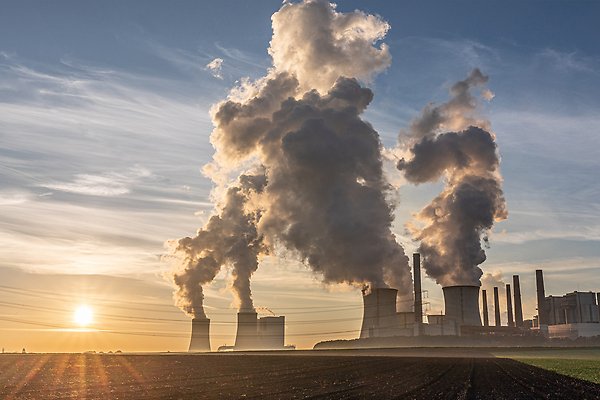
Groundwater resources, contamination and remediation
Groundwater is a very important resource for drinking water supply both through individual wells and large waterworks. In Sweden, approx. 50% groundwater and 50% surface water are used for drinking water production. Major challenges exist both for groundwater quantity (that we have enough water) and quality (that the water is of good quality and does not contain contaminants).
How pollution spreads in the groundwater, how we can clean up contaminated areas and clean the groundwater are important research questions. Our research currently deals with e.g. about highly fluorinated substances, so-called per- and polyfluorinated alkyl substances (PFAS) which are a relatively new group of pollutants that are in several respects more difficult to clean up than more traditional pollutants. The research includes development of remediation methods, knowledge of transport mechanisms and development of modeling tools. We also have research on pollution from mining waste, especially bioreactors for the treatment of leachate.
Another important research focus is the development and testing of novel materials for pollution mitigation, which is done within the Wallenberg Initiative Materials Science for Sustainability (WISE) in collaboration with researchers in nanotechnology and materials science. Both materials for mitigation of PFAS and more conventional contaminants are included.
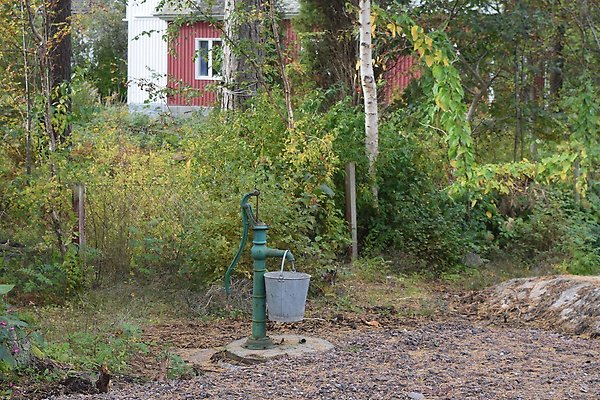
Subsurface Energy
Geothermal energy, including Enhanced Geothermal Systems (EGS) is an attractive energy form as is in principle emission free and available when needed. Heat from geothermal energy may be used for heating purposes, or to generate electricity, depending on the temperature that can be reached. EGS technology has only recently become increasingly feasible at the depths required in the Scandinavian shield, largely due to the drastically improved drilling techniques. The great depths required (estimated at 5 to 7 km), also pose new challenges for the scientific/technical knowledge. In our research, we examine the fundamental issues that are of the utmost importance for the implementation of EGS systems at great depths. Issues to be specifically investigated, in particular by means of model studies, are mapping the relevant properties of bedrock at the great depths required by the EGS, analysis of optimal ways to stimulate, in order to produce an effective fracture network, without causing undesired induced seismicity and analysis of optimal modes of operation (link to projects and publications). In support of our modelling work, we have also conducted field experiments regarding how rock fractures are created and opened during water injection
Hydrogen storage is an emerging subsurface energy technology. Hydrogen as a promising alternative to fossil fuels can function as the energy carrier for many renewables such as wind and solar energy with significant intermittency and strong dependency on weather conditions. Converting off-peak surplus renewable electricity via electrolysis into hydrogen that can be stored in the subsurface for dispatchable, optimal, and sustainable use is recognized as an integral part of future renewable energy development. We are currently developing research to assess the feasibility of sustainable hydrogen storage and utilization using lined rock caverns built in fractured rocks as well as hydrocarbon reservoirs or saline aquifers. In addition, we are addressing specific issues related to environmental impacts of unconventional energy recovery, in particular geochemical effects of fracturing fluids to the environment.
